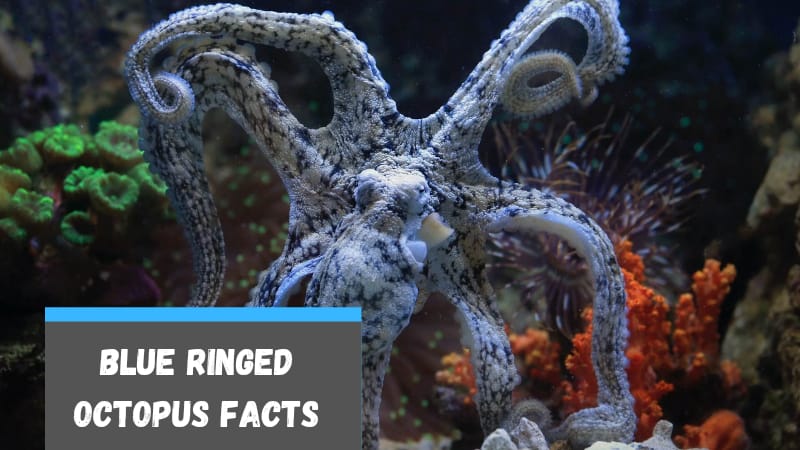
Did you know that the blue ringed octopus is one of the most venomous marine animals in the world? Despite its small size, this octopus can pack a powerful punch. In this article, we will share some interesting facts about the blue ringed octopus for kids.
So let’s learn them one by one.
41 Blue Ringed Octopus Facts for Kids
1. The blue ringed octopus is found off the coast of New Guinea, Australia, Indonesia, and the Philippines.
2. They’ve got a very short life span of only about one and a half years.
3. These blue ringed octopuses are under the genus called Hapalochlaena.
4. Hapalochlaena has four species, which are- southern blue ringed octopus, great blue ringed octopus, blue-lined octopus, and hapalochlaena nierstraszi.
5. Usually, there are around fifty to sixty rings on the bodies of this octopus.
6. Apart from the blue colored rings, these octopuses have a bright yellow body, and the rings have light reflectors.
7. The light reflectors on the rings are called iridophores.
8. These octopuses grow about 10 to 20 meters and not more than that.
9. The blue ringed octopuses spend most of their time hiding in crevices, with their camouflage pattern displaying through the dermal chromatophore cells.
10. Like all other octopuses, blue ringed ones can also change their shapes easily, helping them hide into crevices.
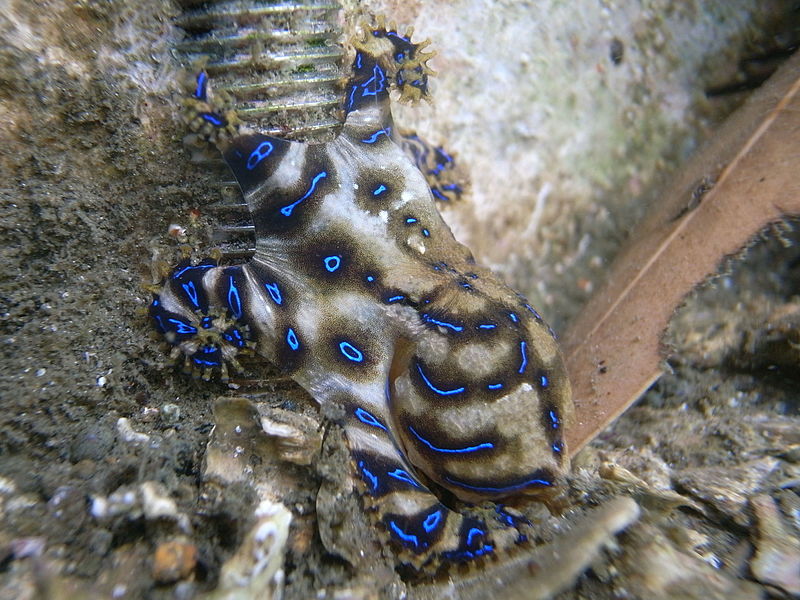
11. For their safety, these octopuses pile up rocks outside their hiding spot to save themselves from predators.
12. The blue rings on their bodies are a kind of warning color. They display it when they are attacked.
13. For example, if any species tries to attack them, they immediately change their color into bright yellow with iridescent blue rings within seconds. It is their sign of warning.
14. The great blue ringed octopus species has multilayer light reflectors which are called iridophores.
15. When attacked, these bright blue species reflect green and blue lights all in a broad direction.
16. There are darkly pigmented chromatophores under the rings. These can expand within one second to enhance the ring’s contrast.
17. In normal times, these rings are hidden by the contraction of muscles.
18. As they relax the muscles, the iridescent blue hue is reflected.
19. These octopuses are native species of the Indian and the Pacific ocean, and they are found from Japan to Australia in large numbers.
20. These octopuses use no sound for communication. It is assumed that they use color alteration, different poses, and movements to communicate.
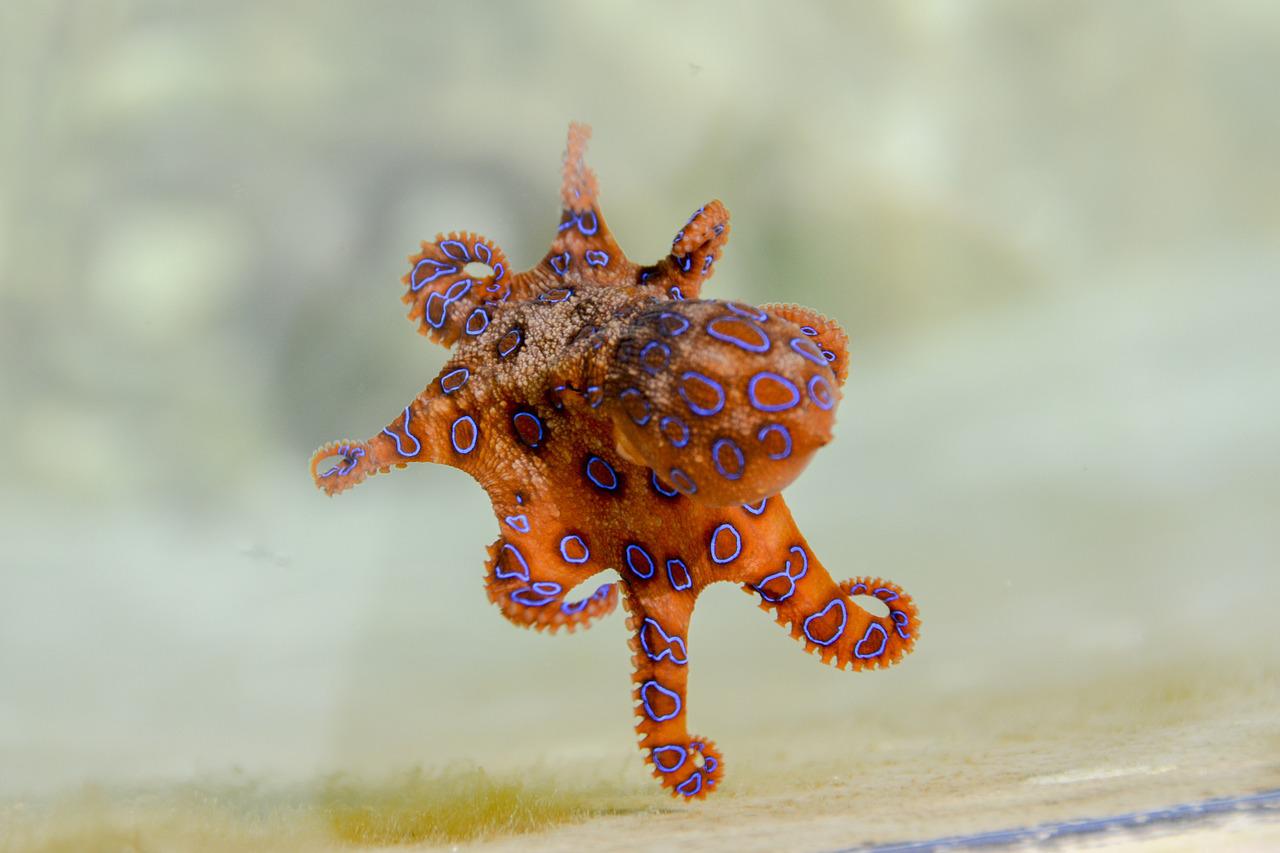
21. These octopuses are so venomous that their poison can instantly paralyze muscles and have the ability to kill an adult human being.
22. This blue ringed octopus has enough poison that can kill at least 26 people within a minute.
23. Their bite is so poisonous because they have toxic saliva.
24. When they have to catch their prey, they either grab and bite or release their poisonous saliva into the water and wait until their victim is paralyzed.
25. Their bites are so painless that the victim does not even realize it is bitten until all its muscles get paralyzed.
26. The venom contains histamine, tetrodotoxin, tryptamine, octopamine, acetylcholine, taurine, and dopamine.
27. The venom can cause nausea, partial or total paralysis, blindness, heart failure, and respiratory arrest.
28. If any human being gets bitten by this octopus, immediate treatment is needed; otherwise, it can cause life.
29. The death occurs due to suffocation and paralysis from the diaphragm.
30. These blue ringed octopuses lay their eggs in the late fall. They lay about 50 eggs only once in their life span.
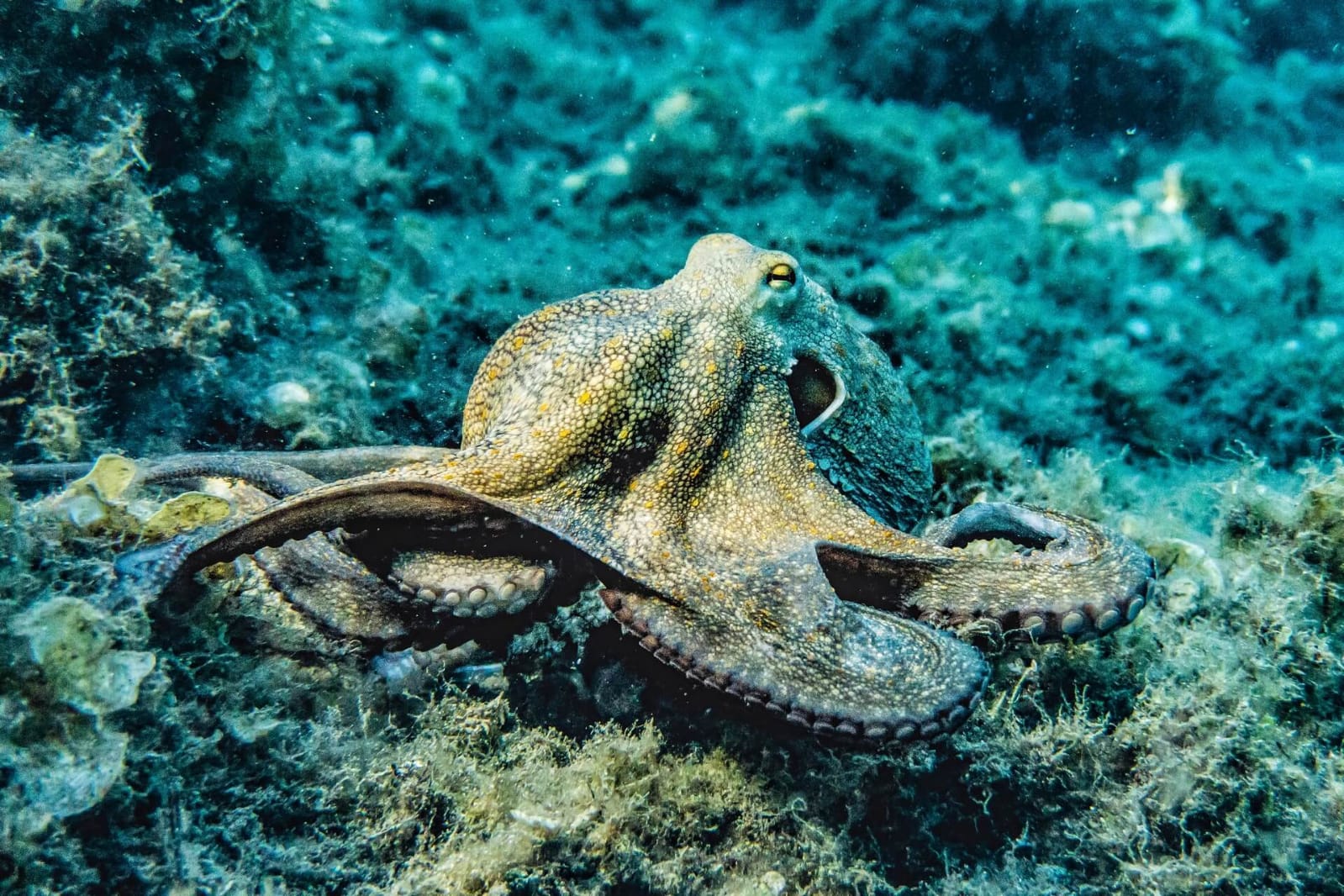
31. The female octopus incubates the eggs for about six months under her arms, but due to their short life span, they die at the time of hatching.
32. An interesting fact is a female octopus does not eat through the entire six months of incubation.
33. The newborn octopuses take about four months to mature after they hatch. Another three months are spent in the development of the embryo.
34. At the time of reproduction, one of the arms of the blue ringed male octopus gets transformed into the mating tool called a hectocotylus. The hectocotylus is put into the oviduct, which is the female reproductive organ.
35. This species of octopus swims by expelling water from the funnel in the form of jet propulsion. They can swim at a speed of 40 Kmph, which is faster than the speed of colossal squid.
36. They are quite tiny and weigh only around 23.8 grams.
37. The baby blue ringed octopuses are called larvae, and the female ones are called hens. The male ones, however, have no names.
38. The blue ringed octopuses mainly eat shrimp and crabs. But they also feed on small fish if they can catch them.
39. They are quite ferocious killers. They pounce on their prey, seizing them with tentacles and dragging them towards their mouth.
40. They pierce through the catch and release the venom. The venom ultimately paralyzes the prey, finally killing it.
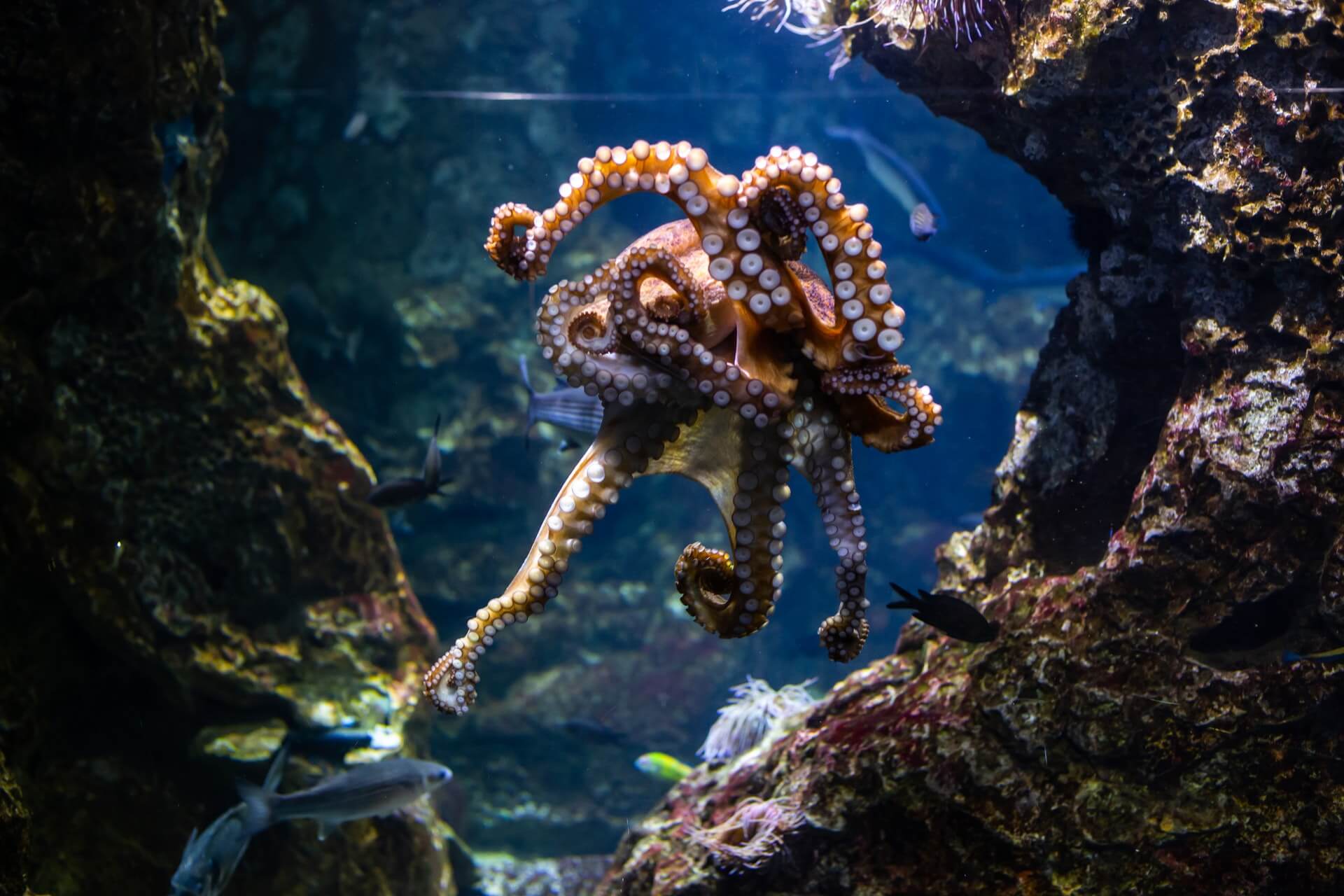
41. According to the IUCN or the International Union for Conservation of Nature, the blue ringed octopus is enough in number. Hence, there is no threat to them.
Conclusion
Here are some cool and fascinating facts about one of the most venomous species, the blue ringed octopus. Hopefully, you could learn some interesting and new facts about this venomous species, and they added to your myriad of knowledge.
